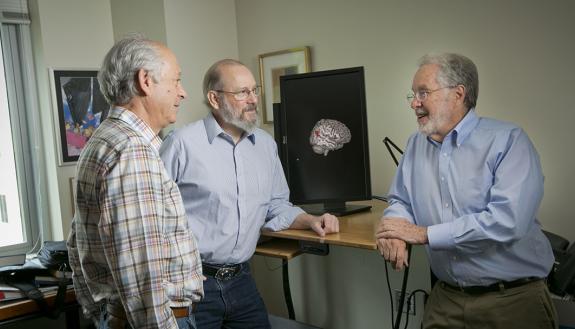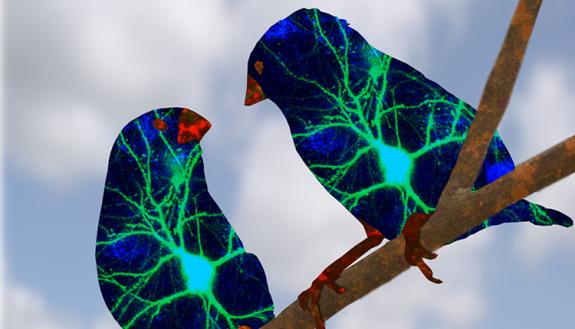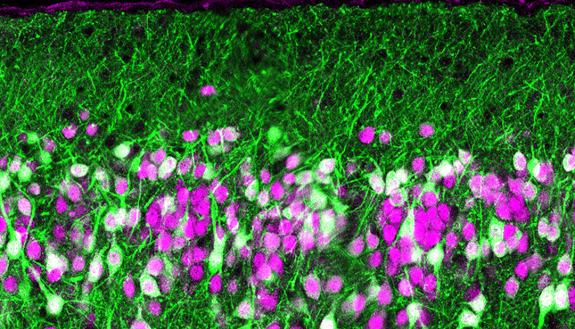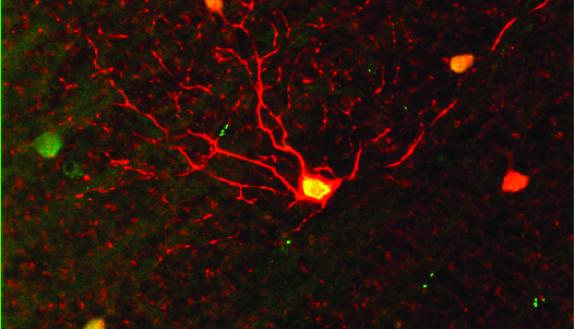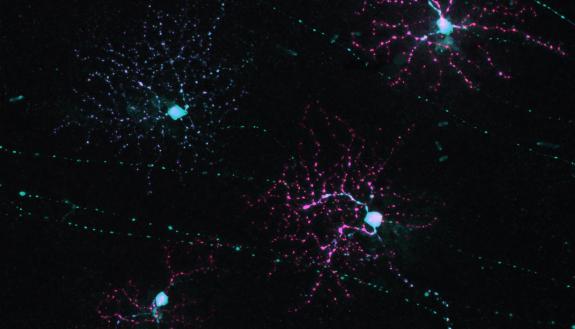
Neurobiology

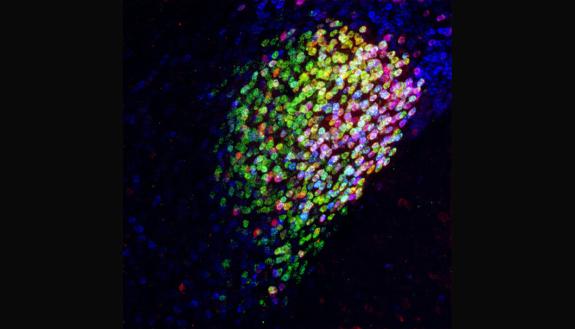

April 23, 2020
Price, Kornbluth and Six Senior Faculty Join American Academy of Arts & Sciences
Read
April 1, 2020
Ph.D. Student Launches YouTube Channel to Talk Science, Amplify Marginalized Voices
Read on Graduate School
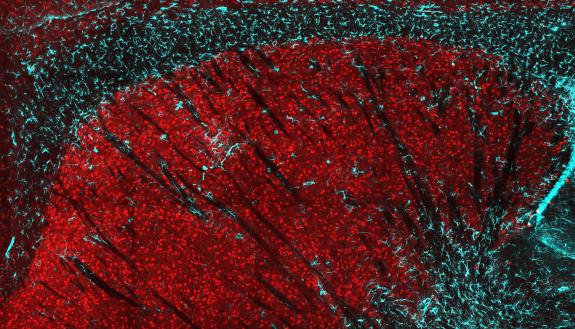

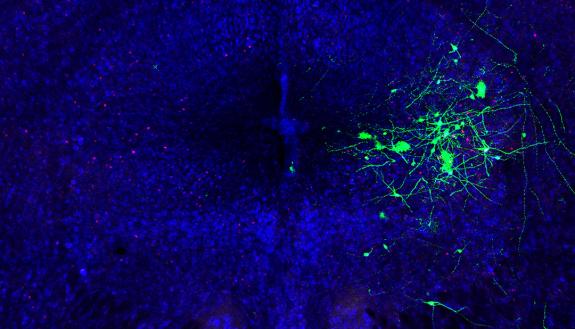
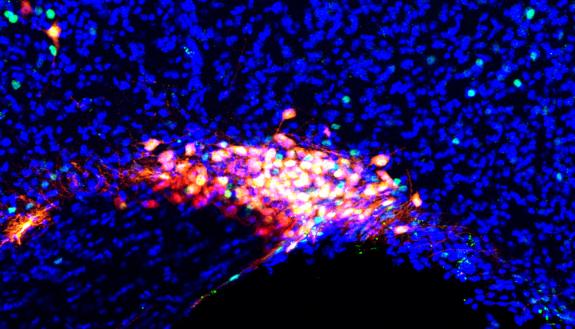

January 8, 2019
What Our Sense of Smell Tells Us About How the Brain Works
Read on Duke Research Blog
